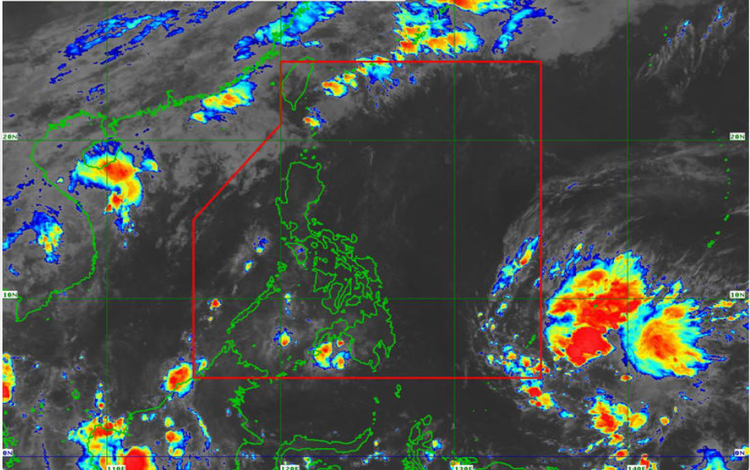A cloud cluster located east of Mindanao may develop into a low-pressure area (LPA) and impact parts of the Philippines by the weekend, according to the Philippine Atmospheric, Geophysical, and Astronomical Services Administration (PAGASA). On Wednesday, PAGASA weather specialist Obet Badrina provided updates on the potential weather disturbance, noting that the cloud cluster remains outside the Philippine Area of Responsibility (PAR) but is expected to move closer.

“These cloud clusters may develop into an LPA today or tomorrow and may approach closer to the country,” Badrina said.
PAGASA is closely monitoring the system, which could evolve into an LPA within the next 24 hours. Badrina emphasized that while the cloud cluster is still some distance away, it could develop into a typhoon if conditions are favorable.
“We are also not ruling out the possibility that if it develops or becomes an LPA, it may become a typhoon and although still far away, we expect it to bring rains to the eastern parts of Visayas, Mindanao, and even Bicol Region towards the weekend,” he added.
The potential formation of an LPA highlights the need for preparedness, particularly in regions frequently affected by such weather disturbances. Residents in eastern Visayas, Mindanao, and the Bicol Region are advised to stay informed and take precautionary measures against possible heavy rains and strong winds. Local governments and disaster response teams are also on alert to provide timely assistance and updates.
Historically, the Philippines experiences numerous LPAs annually, some of which intensify into tropical storms or typhoons. These weather events can cause significant disruptions, including flooding, landslides, and property damage. Regular monitoring by PAGASA plays a crucial role in disaster preparedness and mitigation efforts across the country.
The potential development of this cloud cluster into an LPA underscores the importance of continuous monitoring and readiness. As climate change impacts weather patterns, the frequency and intensity of such weather disturbances may increase, necessitating heightened vigilance and adaptive strategies.
PAGASA continues to provide updates and advisories to ensure public safety. The agency utilizes advanced technology and data analysis to track weather systems and predict their possible impact. Their efforts are vital in safeguarding communities and minimizing the adverse effects of natural calamities.
As the cloud cluster progresses, residents and local authorities are encouraged to keep abreast of PAGASA’s advisories and prepare for any eventualities. The coming days will be crucial in determining the trajectory and impact of the potential LPA, with the primary goal being the safety and preparedness of those in its path.
